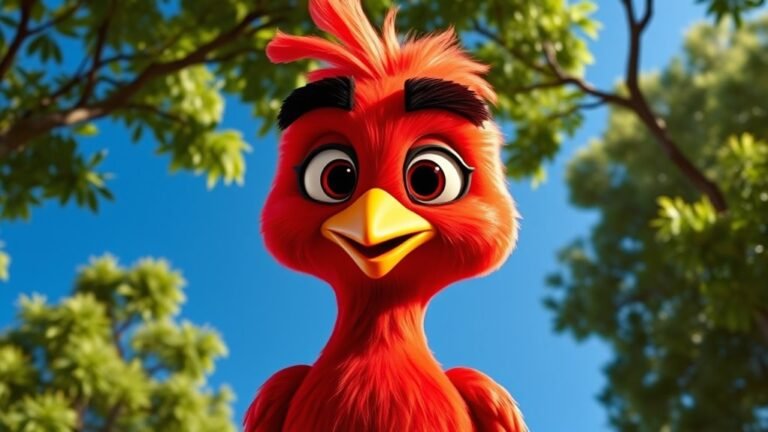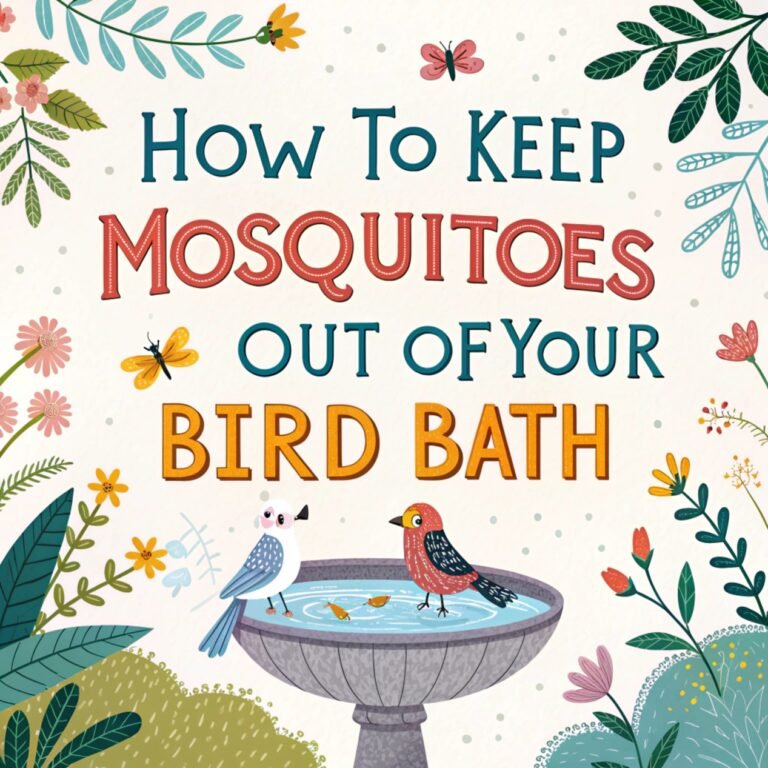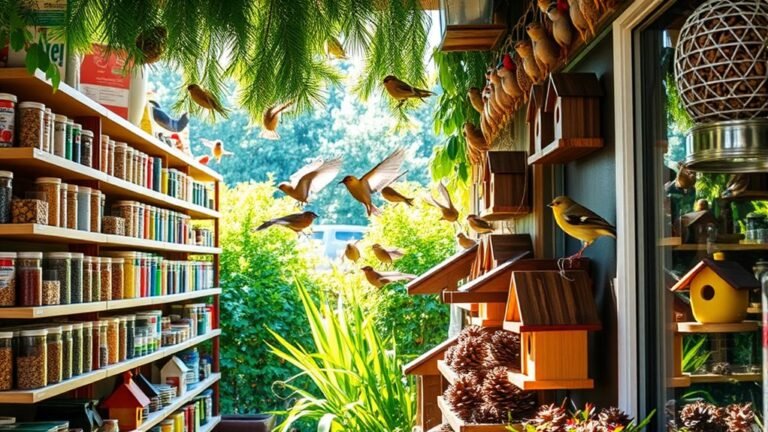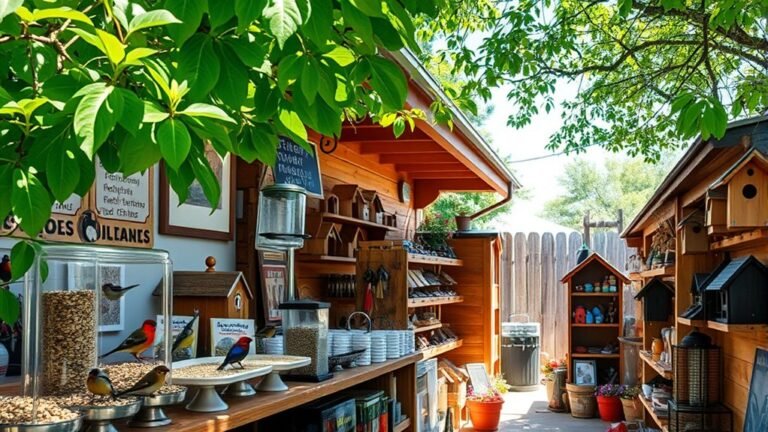Red Bird With Black Wings: a Unique Avian Species
The Scarlet Tanager is a bird with bright red feathers and black wings. This striking appearance helps them stand out and plays a role in their survival. Males and females have different plumage, which influences their behavior and habitat choices. Understanding their role in the ecosystem and the threats they face is important. Many factors affect their survival and well-being.
Key Takeaways
- The Scarlet Tanager, known for its vibrant red feathers and black wings, is a striking migratory bird found in North America.
- Males exhibit bright red plumage, while females possess yellow-green feathers for camouflage in their wooded habitats.
- These birds primarily inhabit deciduous and mixed woodlands, favoring high canopies with abundant sunlight.
- Scarlet Tanagers are social creatures, often traveling in groups and feeding on insects and fruit.
- Conservation efforts are critical due to habitat loss from urbanization and farming, ensuring the survival of this unique species.
Overview of the Red Bird With Black Wings

The Scarlet Tanager (Piranga olivacea) is a red bird with black wings that attracts birdwatchers.
Male tanagers have bright red feathers, while females have yellow-green plumage. This species shows clear differences in color between genders.
Scarlet Tanagers live mainly in eastern North America. Each spring, they migrate from Central and South America to forests where they breed. In the fall, they return south, often flying in flocks.
Watching their migration connects bird lovers to nature and marks seasonal changes in wildlife.
Physical Characteristics
Male Scarlet Tanagers have bright red feathers covering most of their bodies. Their red color stands out against their black wings and tail, creating a striking look. This wing design helps them fly easily through thick forests.
In contrast, female Scarlet Tanagers have a yellowish-green color, which helps them blend into their environment. This difference in appearance, known as sexual dimorphism, aids in their mating behaviors.
Observing these birds allows you to connect with nature and appreciate the beauty of wildlife.
Behavior and Diet

Scarlet Tanagers are beautiful birds with interesting behaviors and eating habits. They often travel in groups during migration, showing strong social bonds.
- Their main food source is insects, especially in warm months.
- In breeding season, they eat more fruits.
- You can find them foraging in tree canopies, moving skillfully among branches.
- Their calls and songs help them communicate and connect with others in their flock.
Watching these birds can give you insight into their adaptability and social dynamics, making the Scarlet Tanager a captivating species to observe.
Habitat and Distribution
Scarlet Tanagers live in the forests of North America, primarily in deciduous and mixed woodlands. They prefer high canopies where sunlight comes through the leaves. This environment is ideal for finding insects.
You can often see them in areas rich with oak, maple, and cherry trees, which reflects their habitat needs.
In late summer, Scarlet Tanagers migrate to Central America. During their journey, they look for similar forested areas to ensure their comfort and survival.
Watching these colorful birds in their natural habitats can increase your appreciation for the connections between wildlife and ecosystems. Understanding where they live highlights the importance of conserving their habitats for Scarlet Tanagers and many other species.
Breeding and Nesting Habits

During the breeding season, which occurs from late May to early August, Scarlet Tanagers establish their territories in rich forests.
Males sing to attract females and display their bright colors. Once a pair forms, they choose a nesting site, usually high in deciduous trees.
They collect materials for their nest, including:
- Twigs and small branches
- Grasses and leaves
- Mud for structure
- Feathers for warmth
The female lays 3-4 eggs that blend in with the environment.
Both parents share the responsibility of incubating the eggs.
Observing this process helps you appreciate the behaviors of these fascinating birds during their breeding season.
Ecological Role
Vibrant birds thrive in forest ecosystems and play a crucial role in maintaining ecological balance. Their feeding habits significantly impact the food web, as they mainly eat insects and fruits.
By controlling insect populations, they prevent overpopulation, which could harm plant life. Additionally, their fruit consumption helps with seed dispersal, promoting forest growth. This interaction benefits the species and strengthens the entire ecosystem.
Watching their activities reveals a beautiful connection of life supported by shared resources. By supporting healthy habitats, these red birds enhance biodiversity, allowing both plants and animals to thrive.
Understanding their ecological role helps you appreciate these remarkable birds even more.
Conservation Status and Threats
The red bird with black wings faces serious threats that endanger its survival. Habitat loss from urbanization, deforestation, and farming has greatly reduced its space. This impacts its breeding and feeding areas.
To protect this species, we must focus on several critical efforts:
- Habitat restoration projects are essential.
- Community programs help raise awareness.
- Legal protections against poaching are necessary.
- Research initiatives allow monitoring of the bird's population.
These actions can reduce risks, but we need to act quickly. Supporting conservation efforts helps ensure that the red bird with black wings remains in our skies for years to come.
Your involvement can make a difference.
Interesting Facts
One interesting fact about the red bird with black wings is its unique courtship display. Males perform aerial dances to attract females. These dances show off their bright feathers and demonstrate their strength and agility.
This species also migrates long distances in flocks. They follow specific routes to find food.
Watching their synchronized movement during migration is truly awe-inspiring. Observing these birds in their natural environment connects us to nature, making each sighting memorable for birdwatchers.
How to Spot the Red Bird With Black Wings
How can you identify the red bird with black wings in nature? Start by visiting areas with thick plants where they often feed.
Use these birdwatching tips to increase your chances:
- Listen for their call: Learn their distinct sounds to help you find them.
- Check the time of day: These birds are most lively early in the morning and late in the afternoon.
- Notice the colors: Look for the bright red body against the black wings to help with identification.
- Look at the treetops: They frequently sit high up, making it easier to spot their unique shape.
Frequently Asked Questions
What Is the Lifespan of the Red Bird With Black Wings?
The red bird with black wings typically lives between 5 to 10 years. Their breeding habits and the quality of their habitats affect their survival. When they have suitable environments, they tend to reproduce successfully and live longer.
Are There Any Known Predators of This Species?
In the wild, birds have natural predators. Habitat destruction increases these threats, leading to greater risk from birds of prey, snakes, and mammals. Stay alert!
How Does This Bird Communicate With Others?
This bird communicates using specific mating calls and social behaviors. Its vocal sounds vary to mark territory and build social connections. These interactions help create a strong sense of community among its peers.
Can This Species Be Kept as a Pet?
Keeping this species as a pet is possible, but it requires specific knowledge. You need to understand its breeding habits and dietary needs. Provide plenty of space for it to thrive. Offer the right food to keep it healthy. Ensure it receives social interaction. Meeting these needs will help your pet live a happy and healthy life.
What Conservation Efforts Are in Place for This Bird?
Current conservation efforts focus on preserving habitats and implementing breeding programs. Supporting these initiatives helps protect the bird's environment and maintain a stable population. This connection to nature fosters a sense of belonging and responsibility towards wildlife conservation. By getting involved, you play an important role in ensuring these birds thrive in their natural habitat.

Hello, I’m Amelia White, the founder of birdsfanatic.com. As a lifelong bird enthusiast and spiritual seeker, I’ve always been fascinated by the mystical connections between birds and the human experience. On this site, I share my knowledge and insights into the symbolic meanings and spiritual significance of various bird species, exploring their roles in mythology, folklore, and cultural traditions. Join me on this journey into the world of birds, where we’ll discover the hidden wisdom and guidance that these magnificent creatures have to offer.







